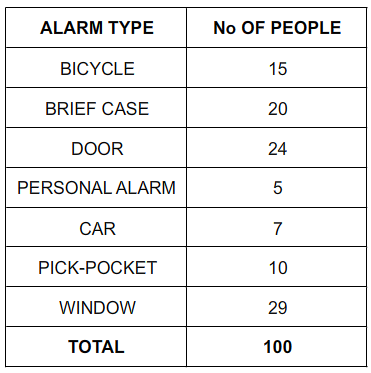|
HOW TO CARRY OUT A QUESTIONNAIRE Questionnaires, Statistics and Pictograms V. Ryan © 2001-2017 |
|
| PDF FILE - PRINTABLE GRAPHICS / PICTOGRAM QUESTIONS | |
| PDF FILE - CLICK HERE FOR PRINTABLE QUESTIONNAIRE SHEETS | |
| YouTube Video - Drawing Pictorial Graphs (Pictograms) | |
 |
|
|
What is a Questionnaire ?
|
|
|
TABLE OF RESULTS |
EXAMPLE |
|
|
If you are designing an alarm system, you need to know
what type of alarms people want to buy. You could carry out a survey based
on the following question and store the results as a table: |
| The Table of Results is a plain table, whilst the pictogram should include graphics / images. The pictogram below is built up of alarm boxes, in place of ‘bars’ in a bar chart. | |
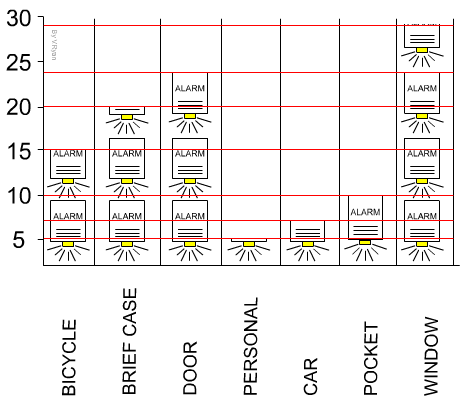 |
|
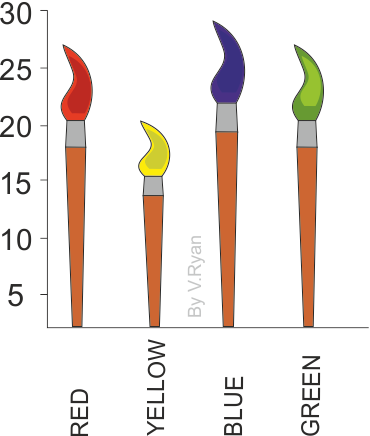 |
Pictograms can be an interesting visual component of research work. They give the opportunity to show how plain statistics can be presented in an interesting manner. The pictures/images in a pictogram should reflect the question that has been asked. For example, if you are trying to find the most popular colour of paint, the statistics could be presented as paint brushes, in a pictogram. |
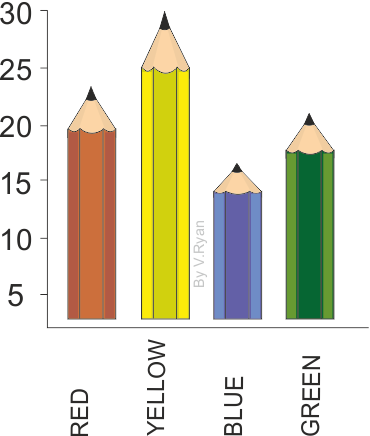 |
The pictogram opposite has been drawn to represent the most popular colour,
from a limited selection of red, yellow, light blue and green. Coloured pencils have been drawn to produce a graphical representation of the questionnaire / survey results. Other images could have been used including, paint pots, paint brushes and spray cans. |
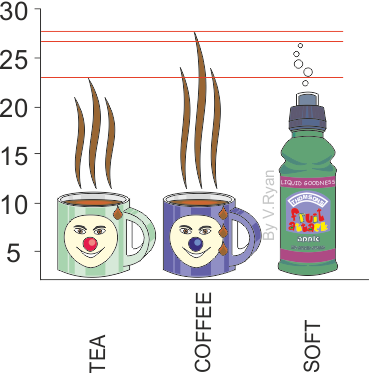 |
This pictogram has been drawn to represent the findings of a survey, which
asked people to choose between tea, coffee or a soft drink, as their
favourite break time beverage. The steam rising from the tea and coffee indicates the popularity o each drink. The bubbles coming from the top of the soft drink, indicates its popularity. |
|
Carry out a questionnaire for a project of your choice. Select the question(s) you are to ask carefully and decide on the range of people that you are going to approach (teenagers or adults over 20Years of age etc...). |
|
